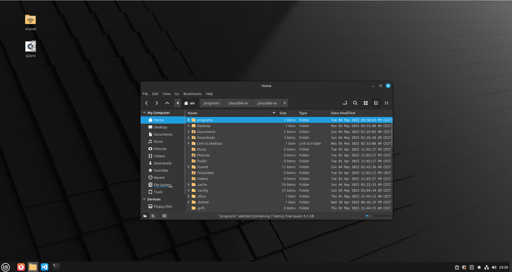I don’t know if this is common knowledge but I hadn’t found anything on the web (for Windows specifically) that stated that this was possible.
I kinda badly want to fully switch to Linux in the short term but wanted to first properly test how different distros feel at these specs (and maybe try some basic gaming too); maybe someone that wants to do the same can find this post useful (I hope this is the right community to post to).
To do this I used QEMU, and had to edit the source code and recompile it to enable 240hz. Forcing higher refresh rates is surprisingly not that hard, I only had to edit a single line of code (hw\display\edid-generate.c, line ~390, set ‘75000’ to ‘240000’). So far Mint, Fedora and KDE Neon work perfectly at that refresh rate (after adjusting mouse input polling rates), then I added a couple other nice features like shared clipboard and mouse device toggling (I tested q2pro and it wouldn’t work with absolute mouse coordinates, and relative mouse was a pain to use in normal desktop browsing, so I had to find a way to toggle them if I didn’t want to reboot the VM every time).
This is my very first lemmy post (hi fedi!), I wrote this lengthy blog post detailing how I did everything, hopefully I’m allowed to post it here (reddit traumatized me with the blanket banning).



I did exactly that when I switched to Linux a couple of years ago. Took around a week to setup, it runs well enough, but you lose the use of your main gpu under Linux that way. I tried lutris for gaming under linux and quickly realised the games run very well via wine. O in my opinion the qemu windows with gpu passtrough is not really worth the hassle nowadays. All games I tried work just as well via wine/proton.